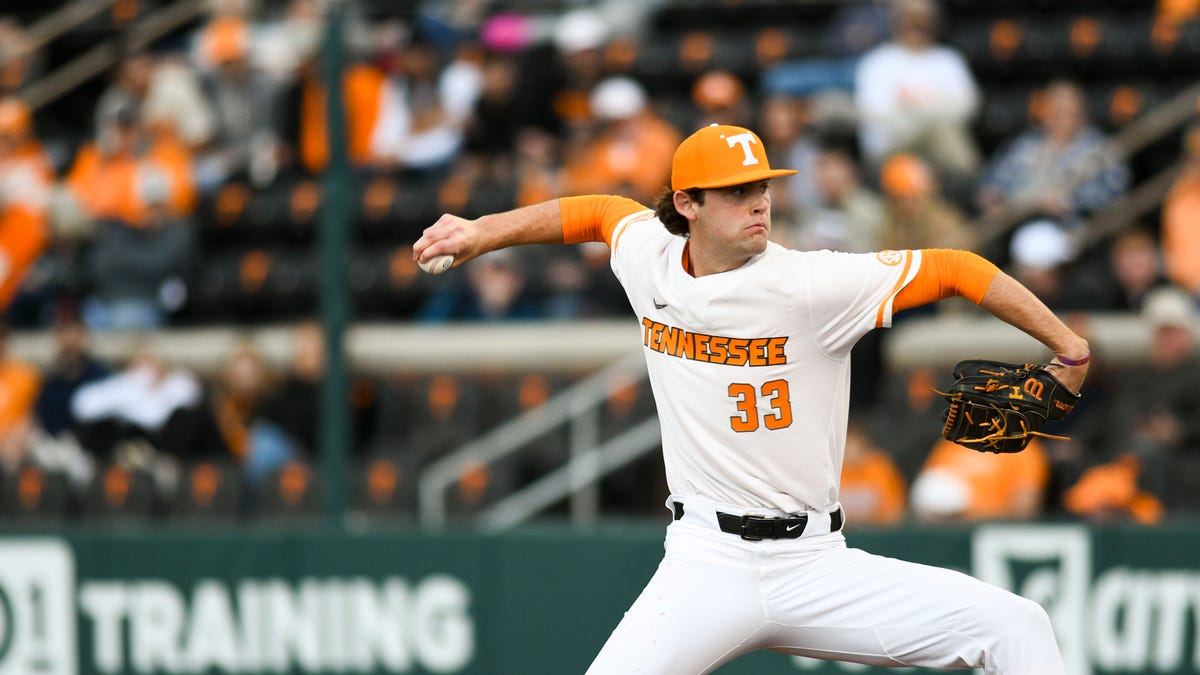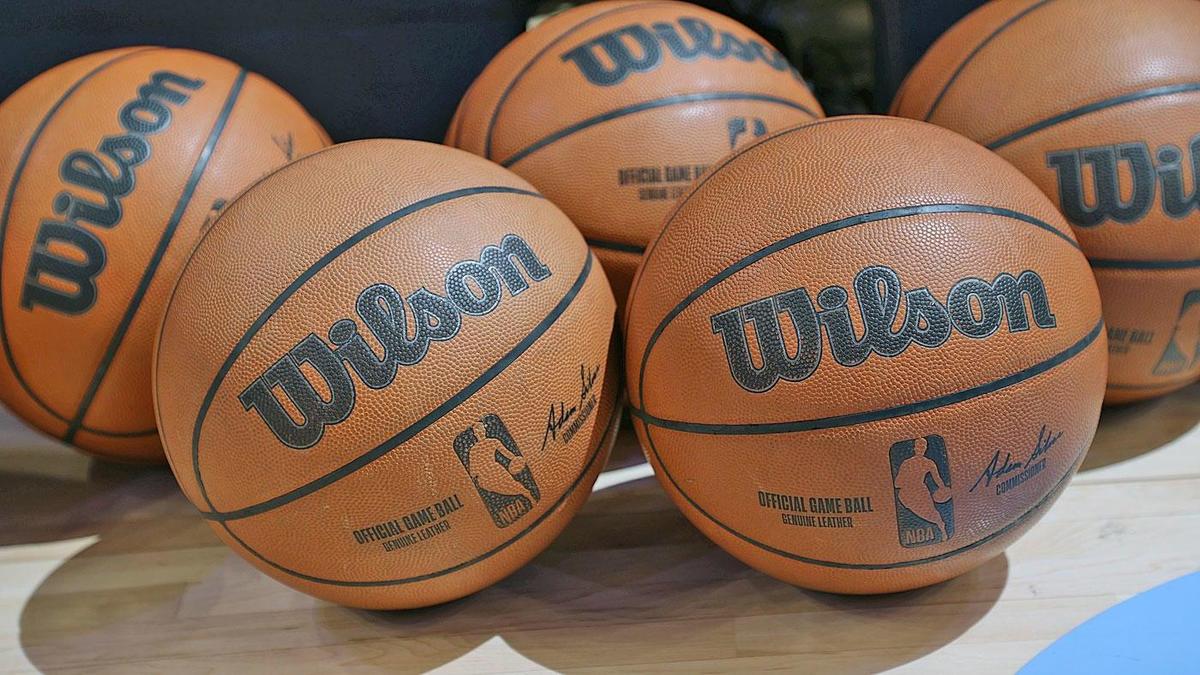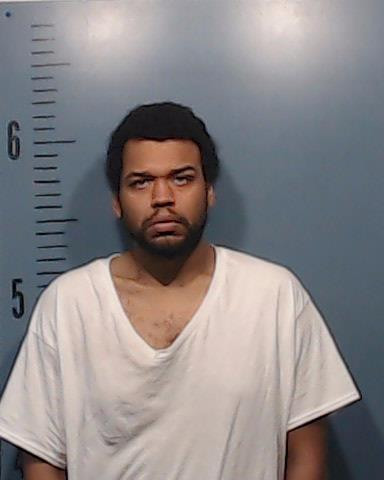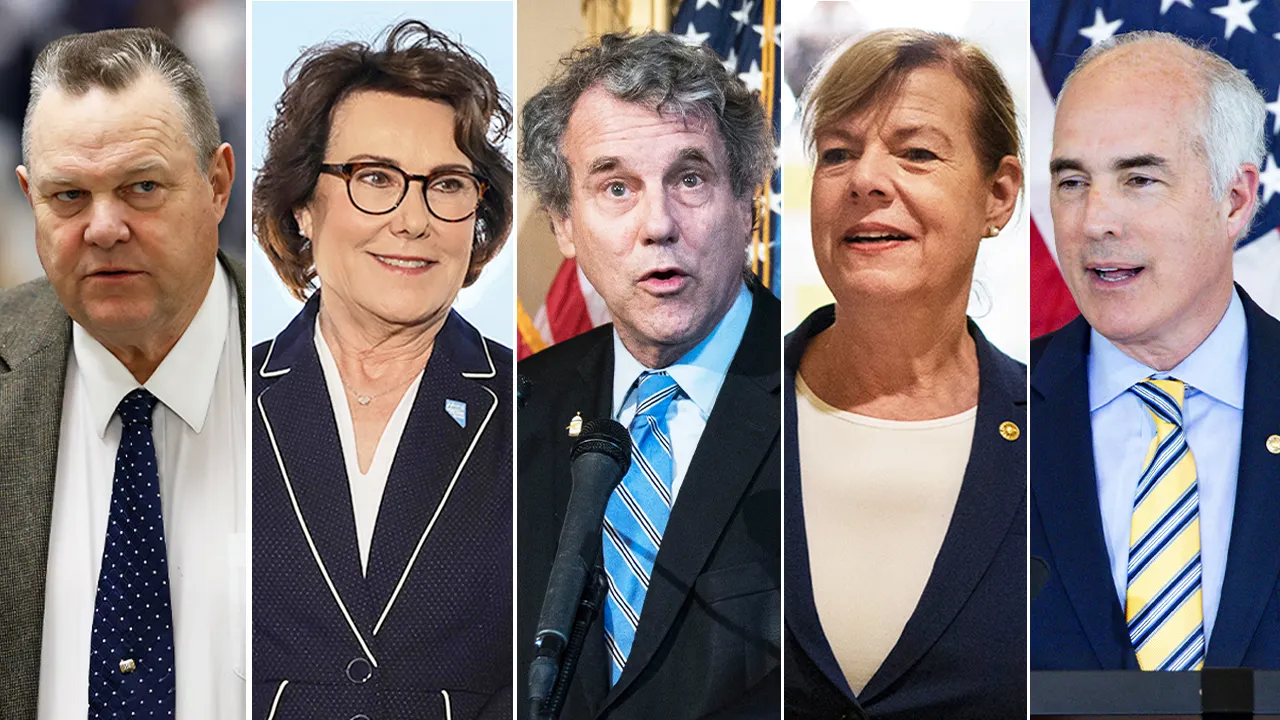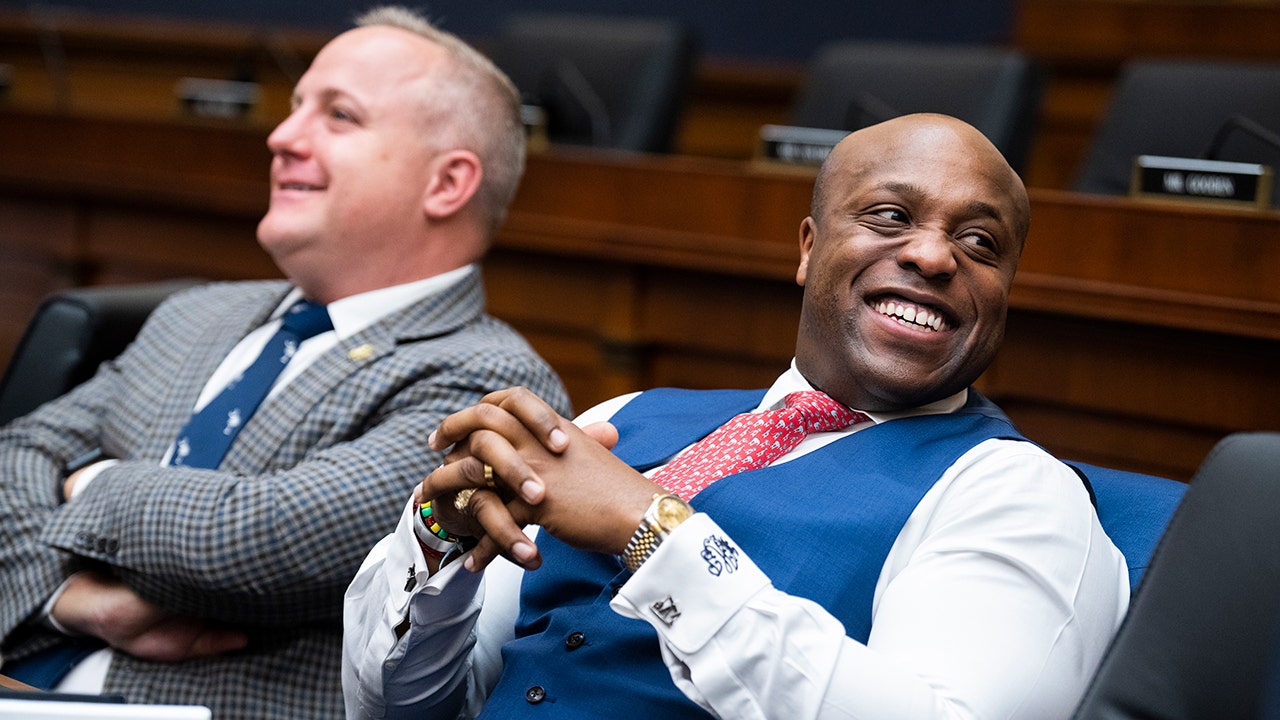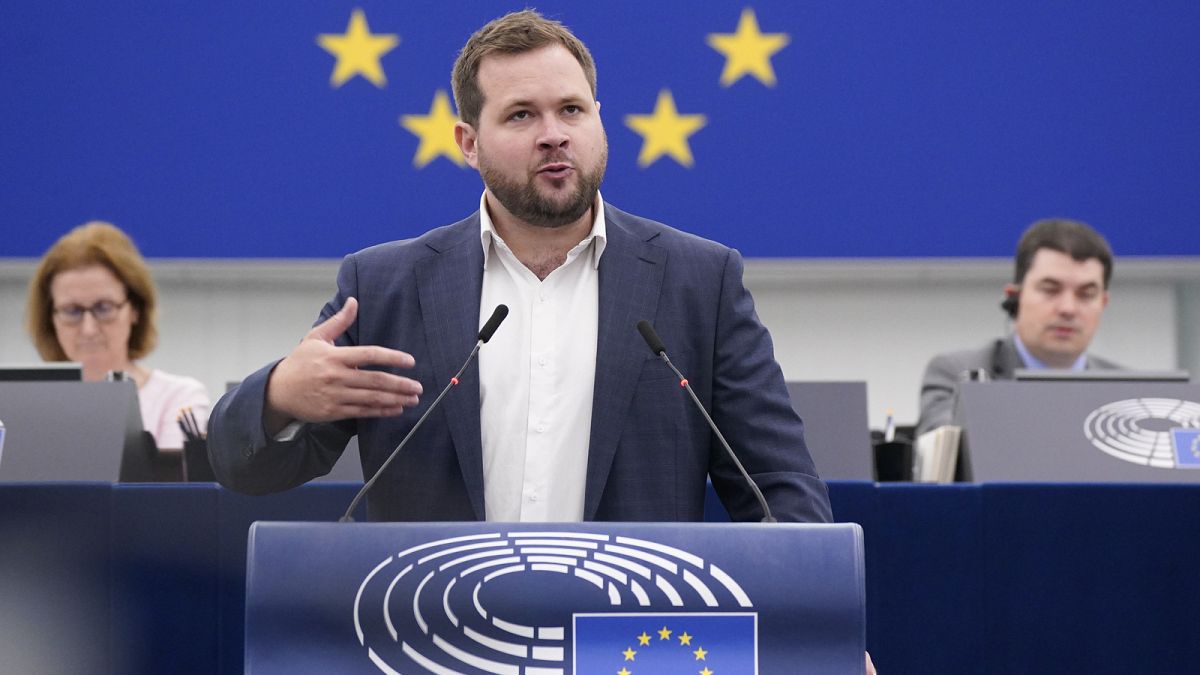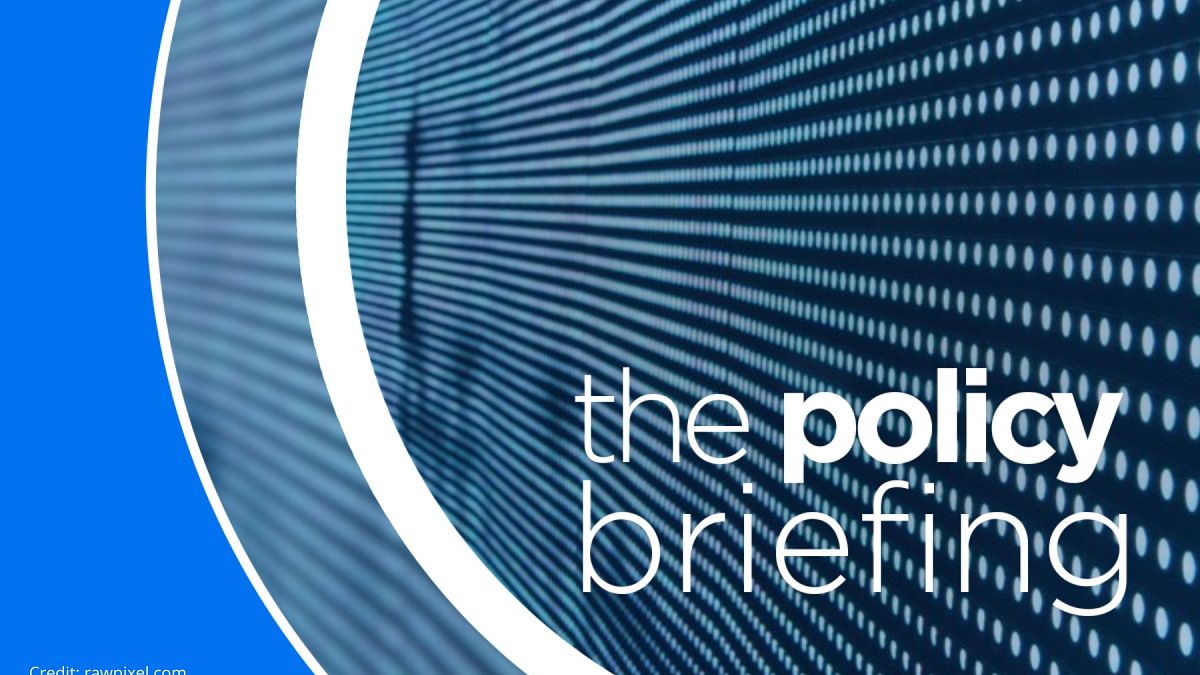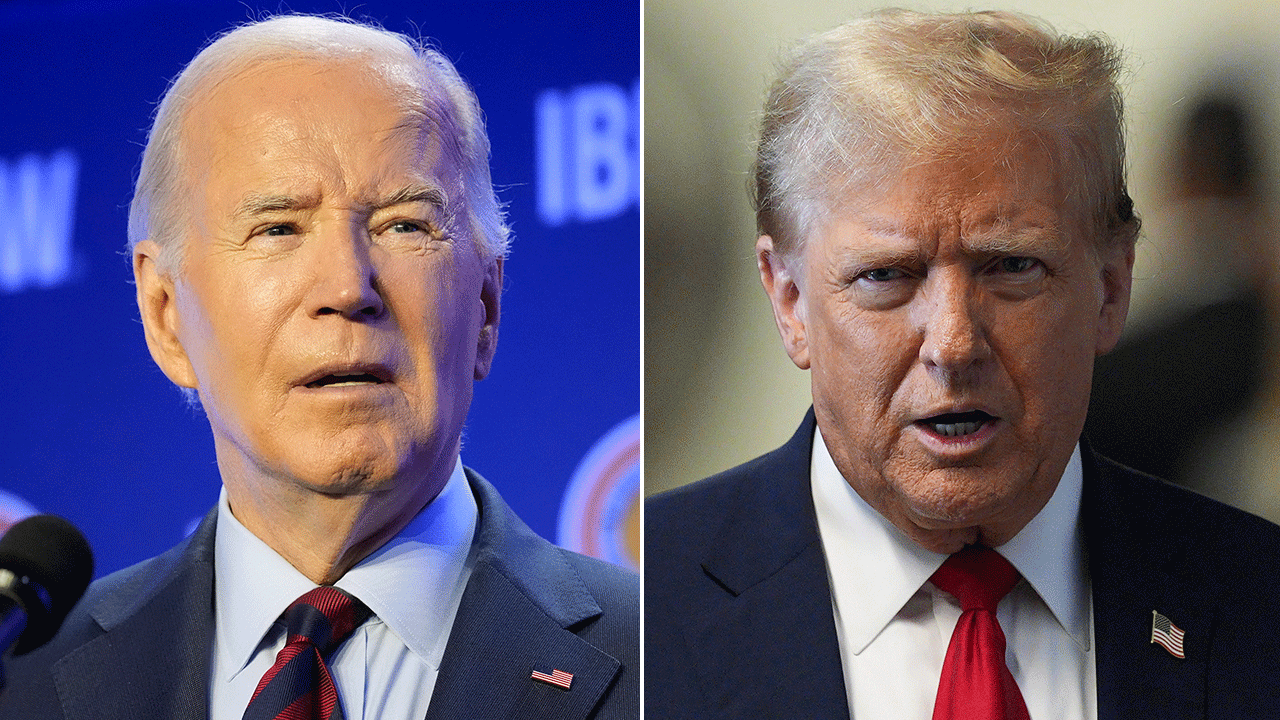Wheat producers in Southwest Oklahoma are hoping for one more good rain and a crop much better than they’ve seen in several years.
Across the state, conditions are mixed as farmers near harvest.
“We’ve just started crop tours,” says Oklahoma State University Extension Small Grains Specialist Amanda de Oliveira Silva, Stillwater.
“Wheat near Altus looks good,” Silva says. “We’ve seen some stripe rust that came in earlier than usual, but overall the crop looks good. Wheat in the Northwestern part of the state does not look good. Some fields started off good but are going backwards. It’s dry; they need rain.”
‘Hit or miss’ wheat conditions
Silva says wheat in West Oklahoma, near Sentinel and some other parts of the state, is in a “hit or miss” situation. Wheat that received the latest rains looks good, but there is some that missed a lot of rain, so we see short wheat, thinner stands, and some damage from early-season stripe rust infestation. Overall, I think we are in a much better shape than we were the past two years, but we could still use some rain, especially on the West, the Northwest, and North Central areas.”
Stripe rust: conditions that favor wheat growth also favor stripe rust. (Photo by Amanda De Oliveira Silva)
She says acres for harvest likely will be down from earlier expectations as there were some people that had the field disastered out or are grazing out the wheat. I thought in early spring, we could have a bumper crop, but as conditions get drier in some places, yields will not be as high as we thought. Next week, at the Oklahoma Grain and Feed Association annual meeting, we will have harvest estimates from each region.
Oklahoma cautiously optimistic for cotton
“We’re better than last year, but we’re off from a month ago as conditions get drier and storm chances with possible hail damage increases in some regions.”
Stripe rust
Stripe rust came in earlier than usual at around wheat jointing stage, Silva says.
“Farmers sprayed fungicide early for stripe rust. I’ve heard that as much as 90% of the wheat in Southwest Oklahoma was sprayed for stripe rust. That’s atypical, but we had a lot of it.
“A big issue was that most of the wheat varieties grown in Oklahoma do not have seedling resistance against stripe rust, they only have the adult plant resistance (and not all varieties have the adult plant resistance either). So, what happens is that the adult plant resistance genes only get turned on after flag leaf stage. As stripe rust came in earlier than that, the genes were not activated and could not protect the plant.

Resistance comparison: The plot on the left is damaged by stripe rust next to a plot with a variety showing better resistance. (Photo by Amanda De Oliveira Silva)
“We have seen a lot of damage in Southwest Oklahoma. Some varieties have performed better than others.”
AI tech conference closes gap between researchers, farmers
Conditions that favor good wheat growth also favor rust, she adds.
English grain aphids
OSU Extension IPM Coordinator Ashleigh Faris says she’s seen some English grain aphids in some areas. “They are not typically economically important in Oklahoma, but they can transmit the barley dwarf virus, so it is worth paying attention to them in the field.
“The other ones we’re seeing are the bird cherry oat aphids. Numbers are low though, and every time I see these aphids, I’m also seeing a lot of natural enemies. So we’re seeing lady beetle larvae and lady beetle adults, and they’re all pretty voracious.”
Faris says considering crop maturity and natural predation, growers shouldn’t need to spray these pests. “The good news is the natural enemies are helping to manage the aphid populations.
“Some areas are still holding up yield potential,” Silva says. “Wheat at Apache, in South Central Oklahoma, looks great. Chickasha looks great.
“I think the main lesson for producers this year will be stripe rust resistance. We’re seeing one of the heaviest stripe rust pressures we have seen in a long time. Now, as it starts getting drier and drier, that’s another story.”
Silva says that if the weather conditions remain warm, many wheat farmers will harvest early, but cool temperatures should help the wheat slowly down and properly fill the grain. Southwest Oklahoma farmers are especially excited. They have not seen a crop like this in a long time. We all need a win.”
Farmers have herbicide options despite dicamba ruling





